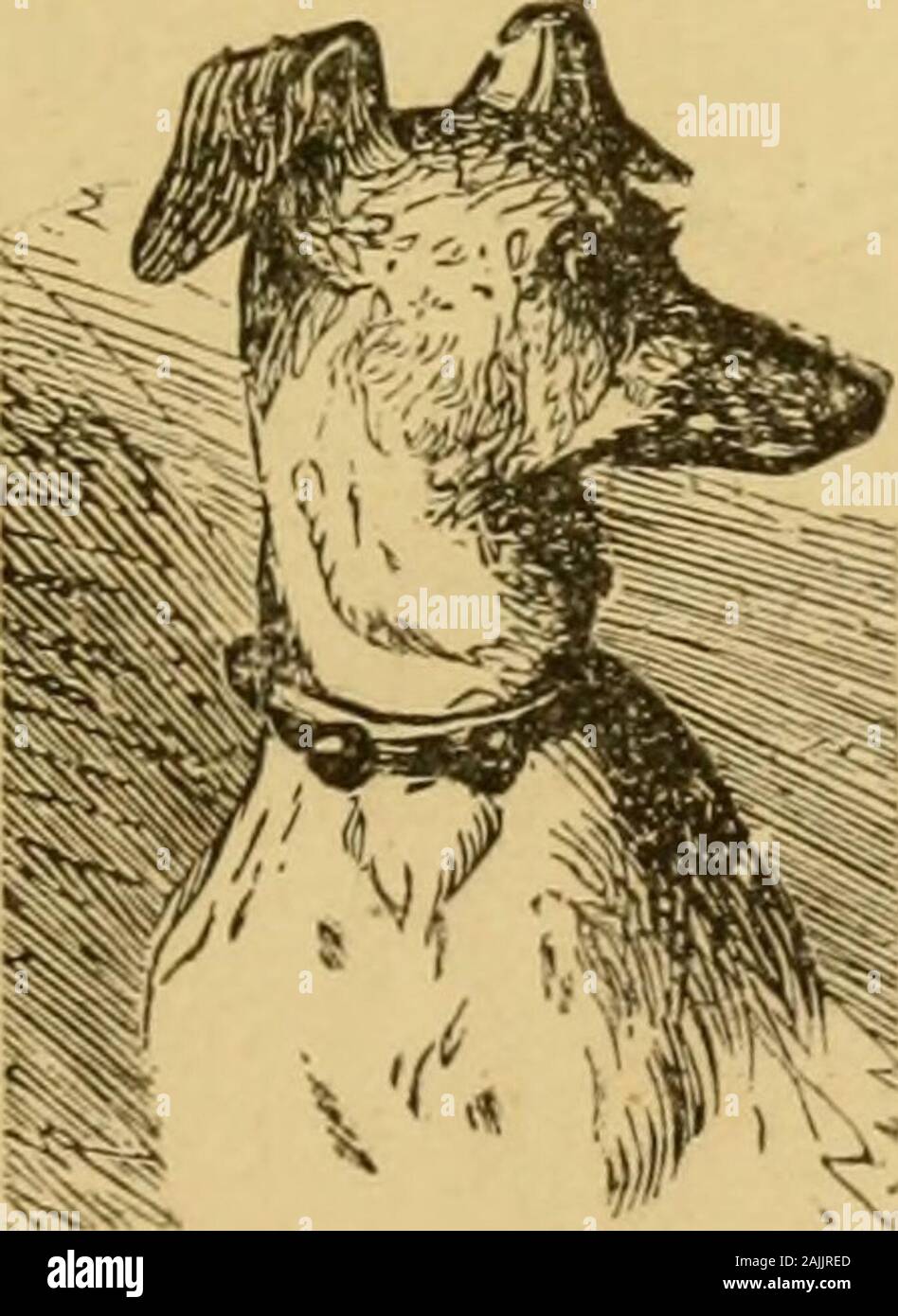Ecchymotic hemorrhages in dogs
Ecchymotic Hemorrhages In Dogs. Lesions in coyotes wolves and foxes are similar to those described in dogs although gross lesions in foxes may not be as noticeable Woods 2001. Cardiovascular collapse oliguric renal failure or brain death in the terminal stages. Congenital or acquired defects or deficiencies of platelets usually manifest as superficial petechial and ecchymotic hemorrhages especially of mucous membranes epistaxis melena or prolonged bleeding at injection and incision sites whereas congenital or acquired deficiencies in coagulation proteins usually manifest clinically as delayed or recurring deep tissue. Epistaxis and petechial to ecchymotic hemorrhages.
 Read About Emergency Medicine In This Article By Michael O Childress From vetfolio.com
Read About Emergency Medicine In This Article By Michael O Childress From vetfolio.com
Histopathological fi ndings included focal necrotic areas extending from the periacinar to centroacinar regions in the liver biliary hyperplasia cholestasis and multifocal hemorrhages in the kidneys. The disease can cause progressive deterioration in renal function is manifested by oliguria or anuria. Infected dogs may have epistaxis petechial and ecchymotic hemorrhages hematuria melena or retinal hemorrhages. Dogs and to present the pathological findings of infection. Infectious canine hepatitis ICH is an uncommonly recognized disease of dogs that is caused by canine adenovirus type 1 CAV-1 a non-enveloped icosahedral double-stranded DNA virus that is antigenically related to CAV-2 see Chapter 17 Figure 18-1CAV-1 also causes disease in wolves coyotes skunks and bears as well as. Johnes disease causes inflammation of the small intestine macrophages populate mucosa decreased nutrient absorption so decreased osmotic pressurehypoproteinemia.
Epistaxis and petechial to ecchymotic hemorrhages.
However PT and PTT is most frequently used in dogs due to its availability in practice and cost. Petechia Ecchymosis and Bruising in Dogs. Petechia ecchymosis and bruising are all identified by skin or mucous membrane discoloration typically due to injuries that lead to bleeding hemorrhaging under the affected area. The pathological findings varied from characteristic petechial and ecchymotic hemorrhages of several organs to nonspecific findings. Infectious canine hepatitis ICH is an uncommonly recognized disease of dogs that is caused by canine adenovirus type 1 CAV-1 a non-enveloped icosahedral double-stranded DNA virus that is antigenically related to CAV-2 see Chapter 17 Figure 18-1CAV-1 also causes disease in wolves coyotes skunks and bears as well as. Molecular examination revealed that these animals were infected with T.
 Source: researchgate.net
Source: researchgate.net
Furthermore risk factors and. Icterus is common in infected dogs. Ocular and nasal discharges peripheral edema and less commonly mucosal and cutaneous petechial and ecchymotic hemorrhages can also occur. Etiology and Epidemiology. Molecular examination revealed that these animals were infected with T.
 Source: researchgate.net
Source: researchgate.net
Dogs and to present the pathological findings of infection. Some dogs die peracutely without clinical signs. Bruising in dogs is never normal and signs of pinpoint bruises called petechiae or larger bruises ecchymosis warrant an immediate trip to your veterinarian. Etiology and Epidemiology. In addition moderate to severe anemia may be apparent resulting from internal or external.
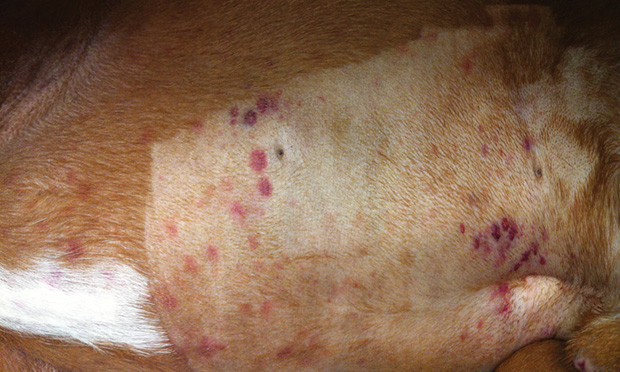 Source: cliniciansbrief.com
Source: cliniciansbrief.com
Petechia ecchymosis and bruising are all identified by skin or mucous membrane discoloration typically due to injuries that lead to bleeding hemorrhaging under the affected area. In severely affected dogs DIC may occur. The schizonts of Theileria were evident in the cytoplasm of the lymphocytes and macrophages of the lymph nodes spleen and skin. Epistaxis and petechial to ecchymotic hemorrhages. The presence of ecchymotic hemorrhages in this dog suggested that phytonadione be administered to allow for the production of factors II VII IX and X while hepatic injury was repaired.
 Source: researchgate.net
Source: researchgate.net
Icterus is common in infected dogs. Icterus is common in infected dogs. The skin showed multifocal necrotic changes petechial and ecchymotic hemorrhages and chronic dermatitis. Lethargy inappetence fever and weight loss are most common. In addition the entire small intestine of the female dog was intensely reddened and the mucosal sur-faces were covered by fibrinonecrotic exudate Fig.
 Source: researchgate.net
Source: researchgate.net
However PT and PTT is most frequently used in dogs due to its availability in practice and cost. Replication of the organism in reticuloendothelial tissues is associated with generalized lymphadenopathy and splenomegaly. Ecchymotic hemorrhages hemarthroses hematomas especially over pressure points epistaxis melena hematuria and prolonged bleeding from injection sites or insect bites Fig. Furthermore risk factors and. Gangrene affecting the distal extremities scrotum mammary glands nose or lips.
 Source: researchgate.net
Source: researchgate.net
Ecchymotic hemorrhages hemarthroses hematomas especially over pressure points epistaxis melena hematuria and prolonged bleeding from injection sites or insect bites Fig. More specifically bruising is an injury to the skin which causes blood vessels to rupture and the discoloration of. Pathologic findingsEhrlichiosis is not characterized by specific pathologic findings but gross lesions may include petechial and ecchymotic hemorrhages on the serosal surfaces of the gastrointestinal and urogenital tracts and kidneys edematous or hemorrhagic enlargement of most lymph nodes and edema of the limbs. The mucus membranes may have widespread petechial and ecchymotic hemorrhages and in later stages of the disease there may be hemorrhagic gastroenteritis and epistaxis. Ecchymotic hemorrhages hemarthroses hematomas especially over pressure points epistaxis melena hematuria and prolonged bleeding from injection sites or insect bites Fig.
 Source: researchgate.net
Source: researchgate.net
More specifically bruising is an injury to the skin which causes blood vessels to rupture and the discoloration of. If present gross lesions include petechial and ecchymotic hemorrhages of serosal surfaces lymph node edema and hemorrhage gall bladder edema and mottling and increased liver fragility. Gross fi ndings in the dogs were generalized icterus mucosal or submucosal edema and petechial to ecchymotic hemorrhages in the organs. In some of the puppies autolysis and. Scrotal edema in male dogs.
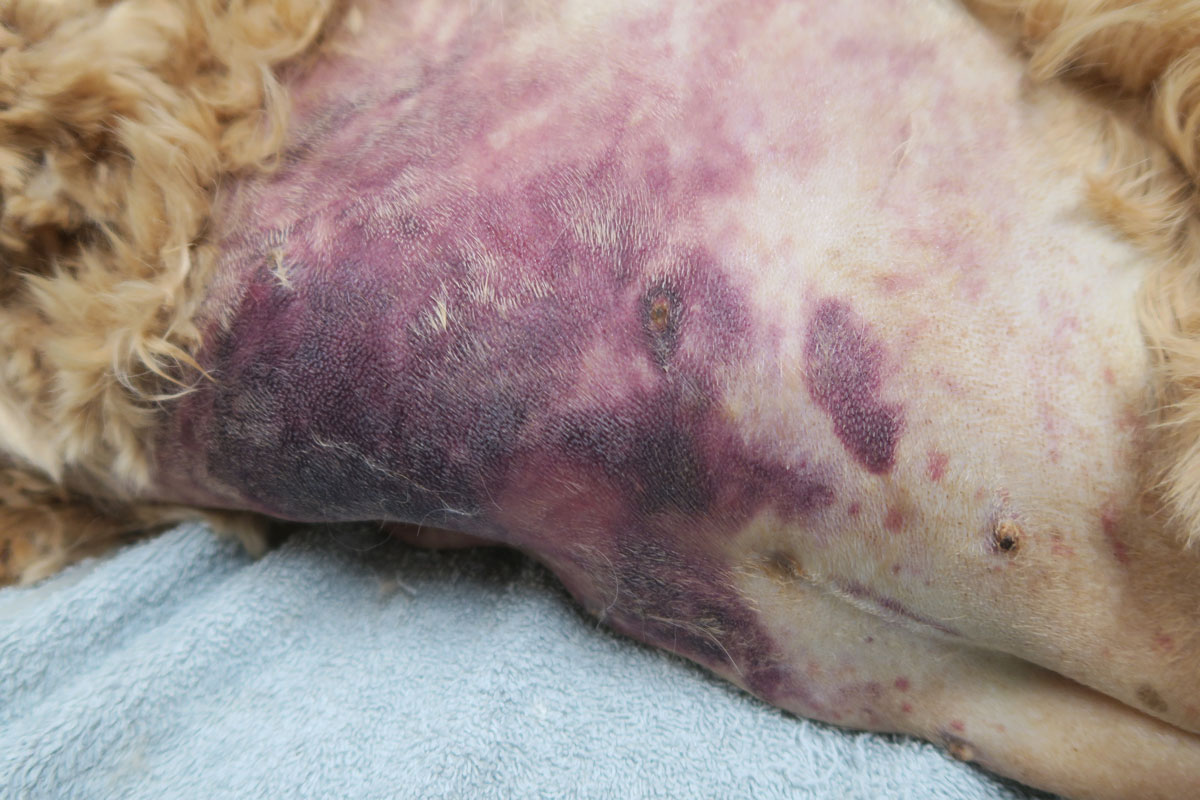 Source: vettimes.co.uk
Source: vettimes.co.uk
The study was approved by the local ethics committee of the Veterinary School Shiraz University and the Iranian Veterinary Organization legislation in accordance with the ethic standards of the Principles of Laboratory. The schizonts of Theileria were evident in the cytoplasm of the lymphocytes and macrophages of the lymph nodes spleen and skin. Fibrinogen and activated clotting times may be used to evaluate the clotting function. Conjunctivitis weight loss and jaundice may also be seen. Although not common petechial hemorrhages may be observed in some patients.
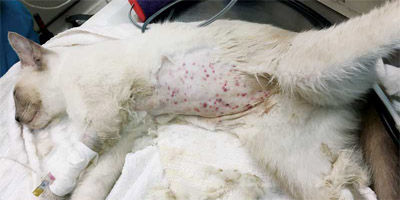 Source: veterinarypracticenews.com
Source: veterinarypracticenews.com
Scrotal edema in male dogs. Dogs and to present the pathological findings of infection. In severely affected dogs DIC may occur. Infected dogs may have epistaxis petechial and ecchymotic hemorrhages hematuria melena or retinal hemorrhages. Ecchymotic hemorrhages on canine kidneys and adrenal gland could be caused by.
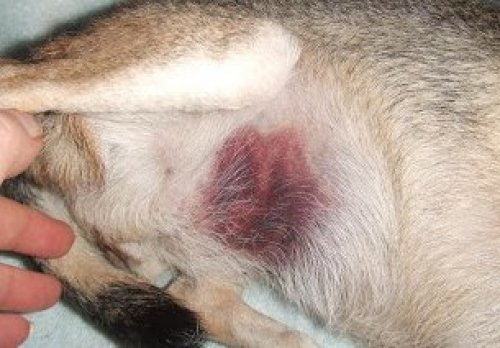 Source: aetapet.com
Source: aetapet.com
By ecchymotic hemorrhages and the small intestinal con-tents were bloody. Bruising in dogs is never normal and signs of pinpoint bruises called petechiae or larger bruises ecchymosis warrant an immediate trip to your veterinarian. Dogs and to present the pathological findings of infection. Canine herpesvirus generally affects puppies 721 days old. Icterus is common in infected dogs.
 Source: vetfolio.com
Source: vetfolio.com
The male dog had ecchymotic hemorrhages on the epicardium of the heart and the female dog had hemorrhages in the skin. The study was approved by the local ethics committee of the Veterinary School Shiraz University and the Iranian Veterinary Organization legislation in accordance with the ethic standards of the Principles of Laboratory. Ocular and nasal discharges peripheral edema and less commonly mucosal and cutaneous petechial and ecchymotic hemorrhages can also occur. Gross fi ndings in the dogs were generalized icterus mucosal or submucosal edema and petechial to ecchymotic hemorrhages in the organs. Canine herpesvirus generally affects puppies 721 days old.
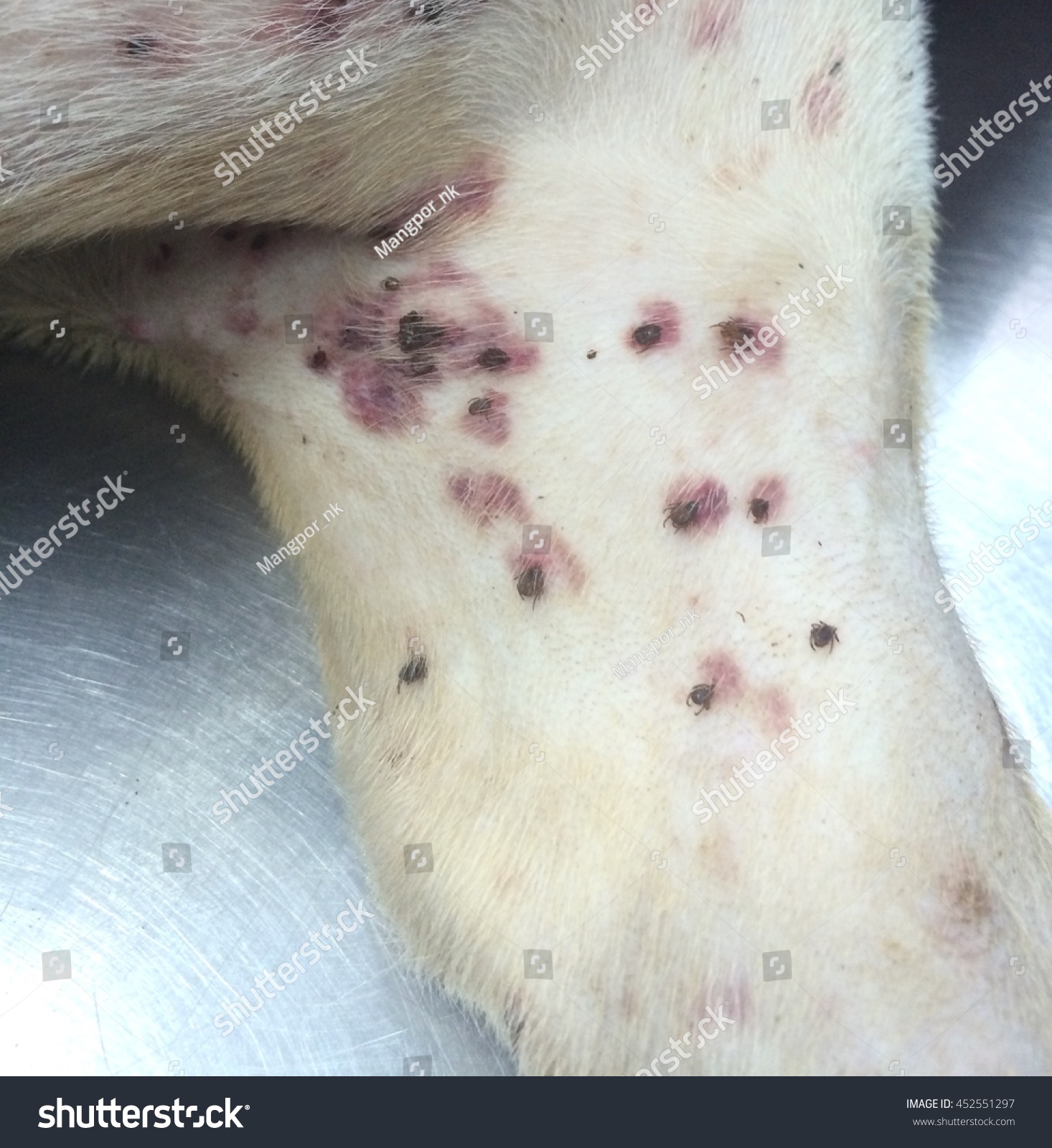 Source: shutterstock.com
Source: shutterstock.com
Bruising in dogs is never normal and signs of pinpoint bruises called petechiae or larger bruises ecchymosis warrant an immediate trip to your veterinarian. Histopathological fi ndings included focal necrotic areas extending from the periacinar to centroacinar regions in the liver biliary hyperplasia cholestasis and multifocal hemorrhages in the kidneys. However PT and PTT is most frequently used in dogs due to its availability in practice and cost. Johnes disease causes inflammation of the small intestine macrophages populate mucosa decreased nutrient absorption so decreased osmotic pressurehypoproteinemia. Dogs are generally emaciated at death and may.
If you find this site beneficial, please support us by sharing this posts to your preference social media accounts like Facebook, Instagram and so on or you can also bookmark this blog page with the title ecchymotic hemorrhages in dogs by using Ctrl + D for devices a laptop with a Windows operating system or Command + D for laptops with an Apple operating system. If you use a smartphone, you can also use the drawer menu of the browser you are using. Whether it’s a Windows, Mac, iOS or Android operating system, you will still be able to bookmark this website.




